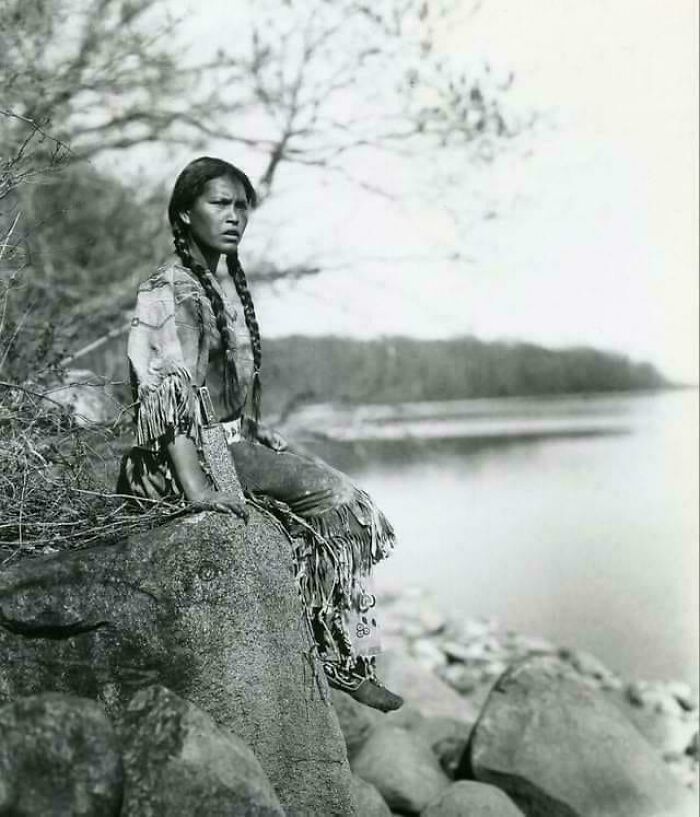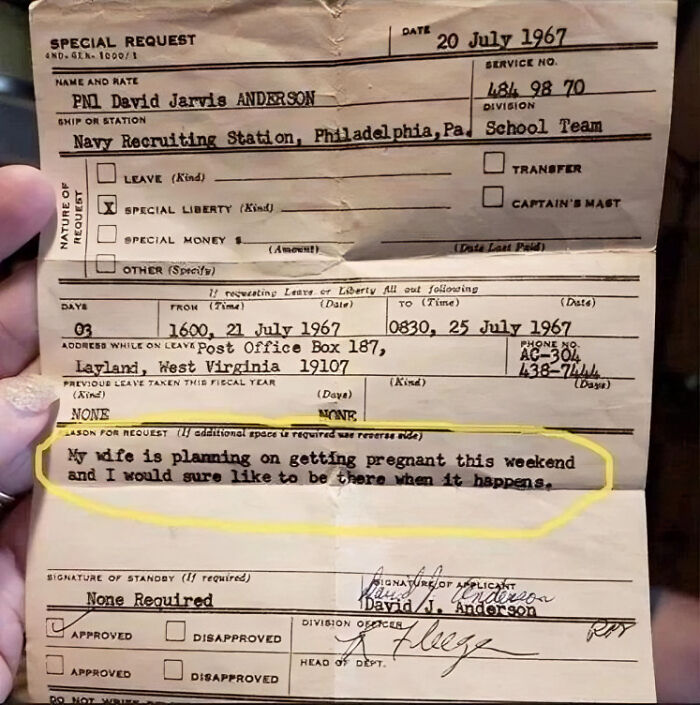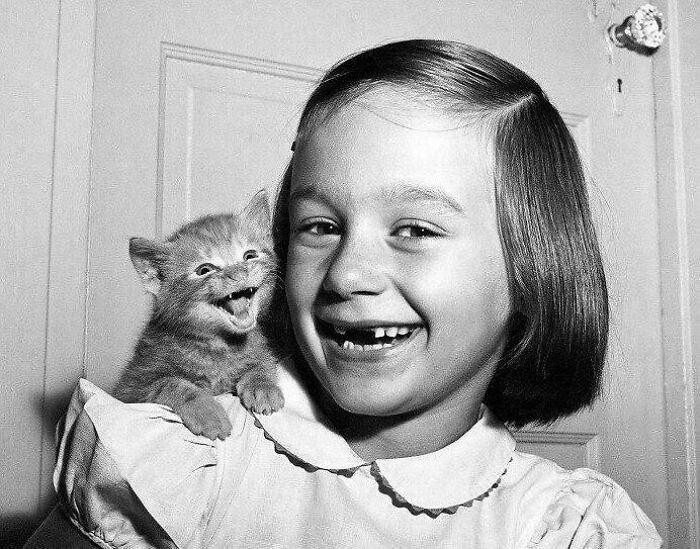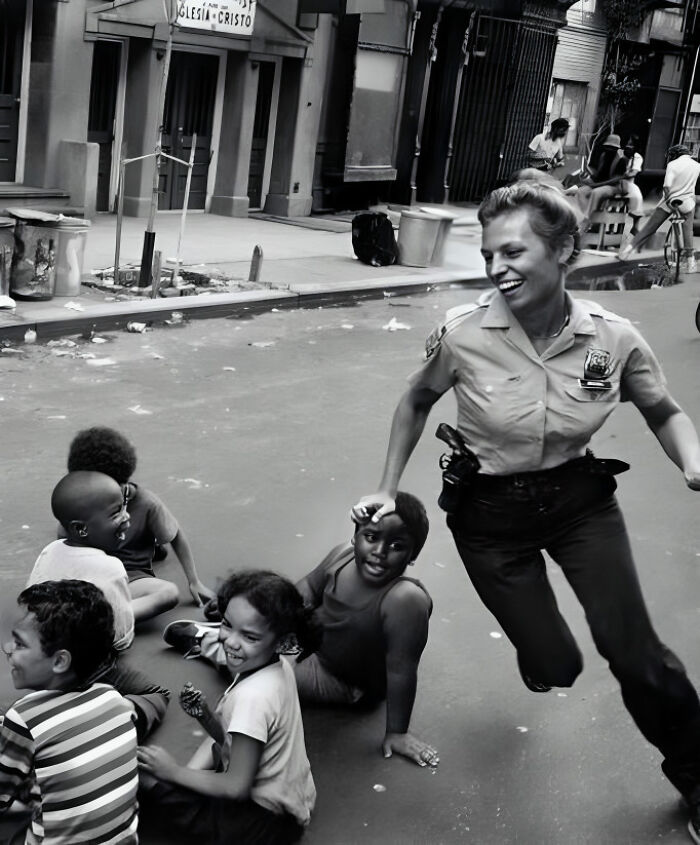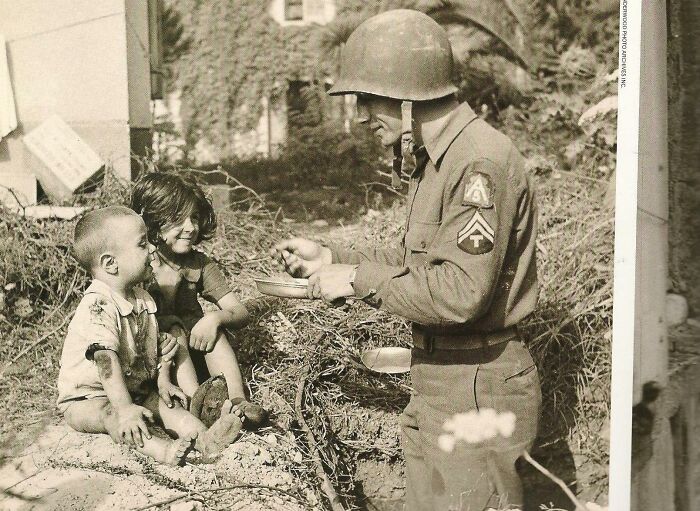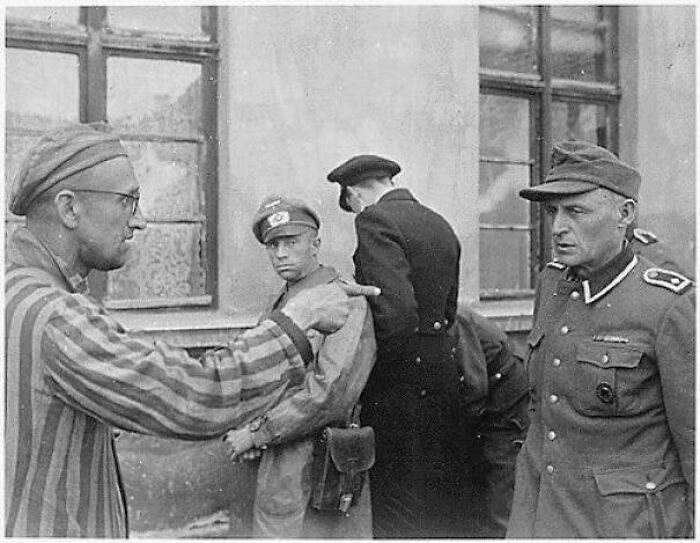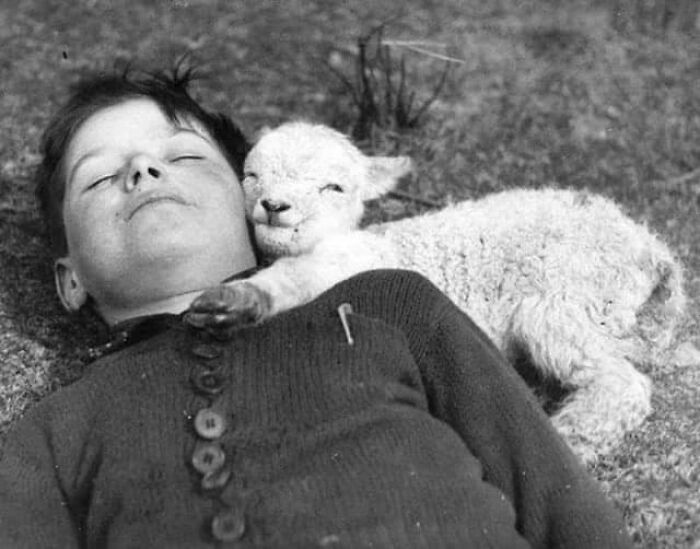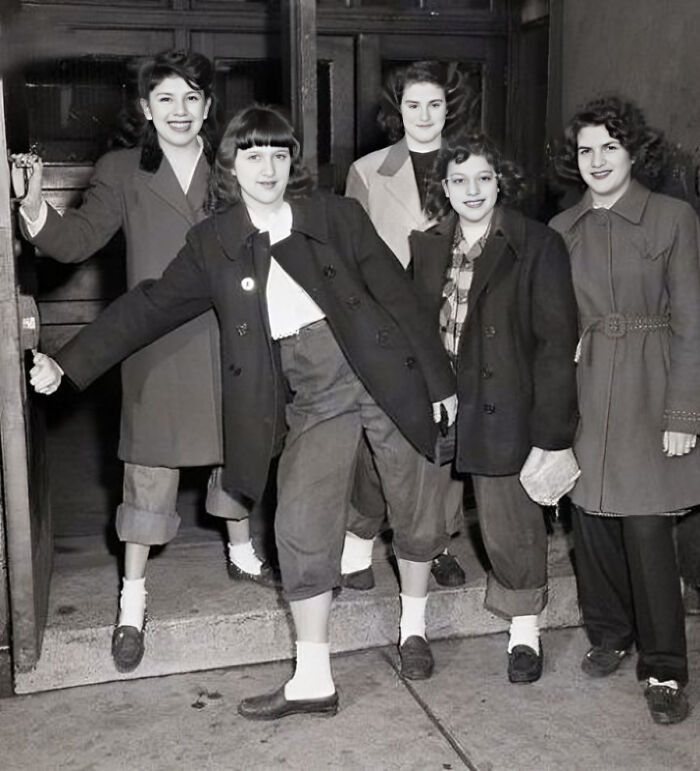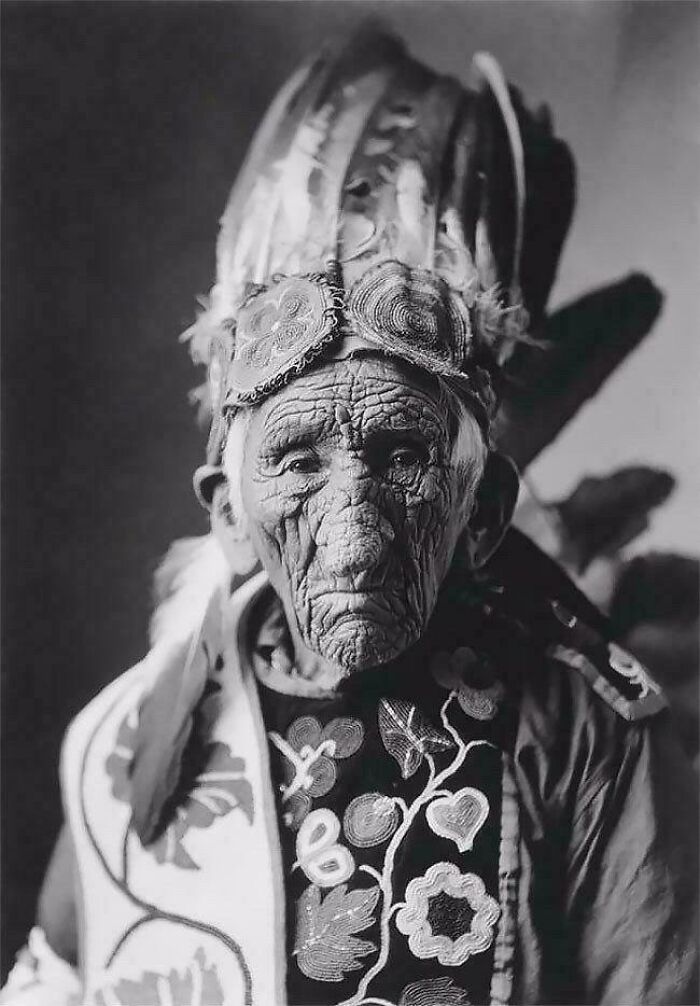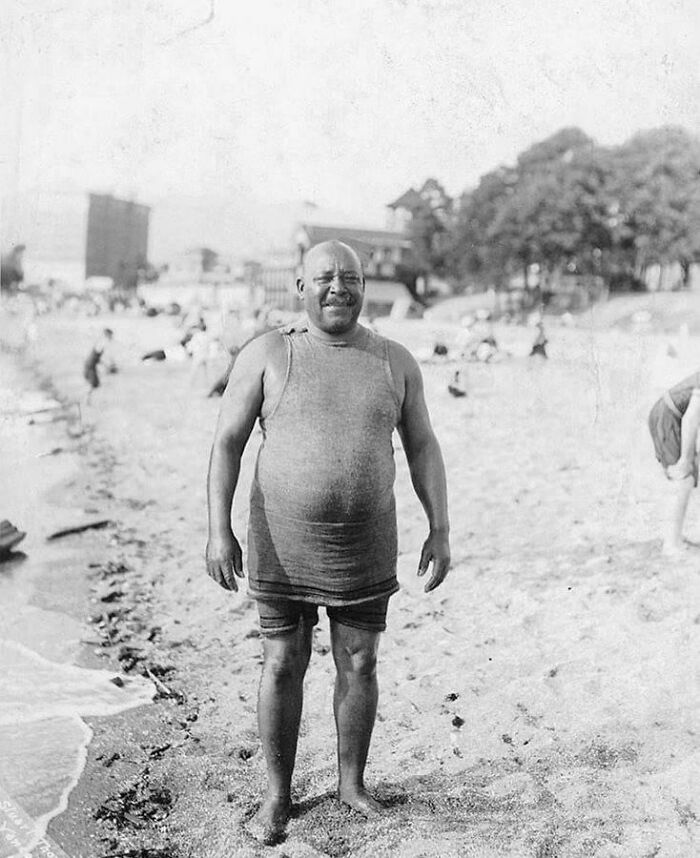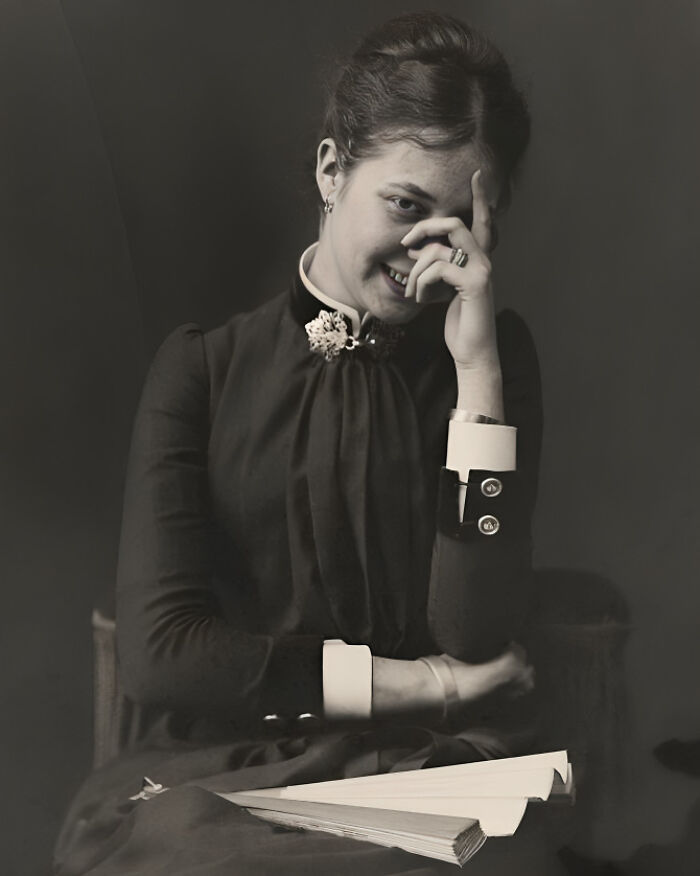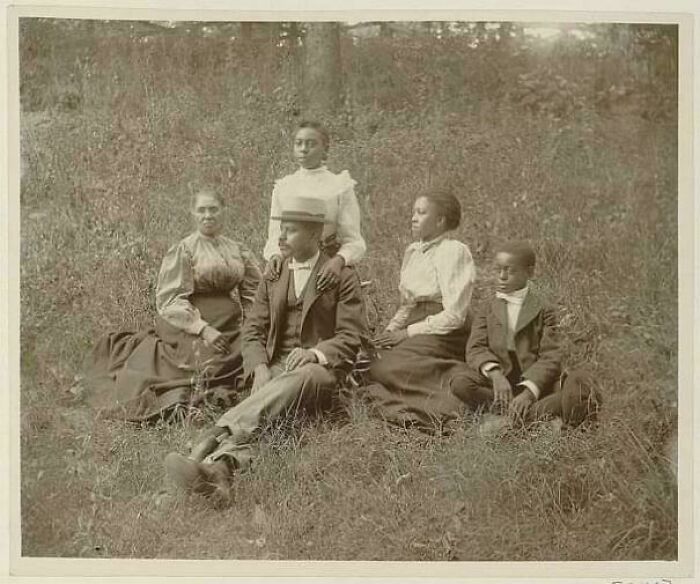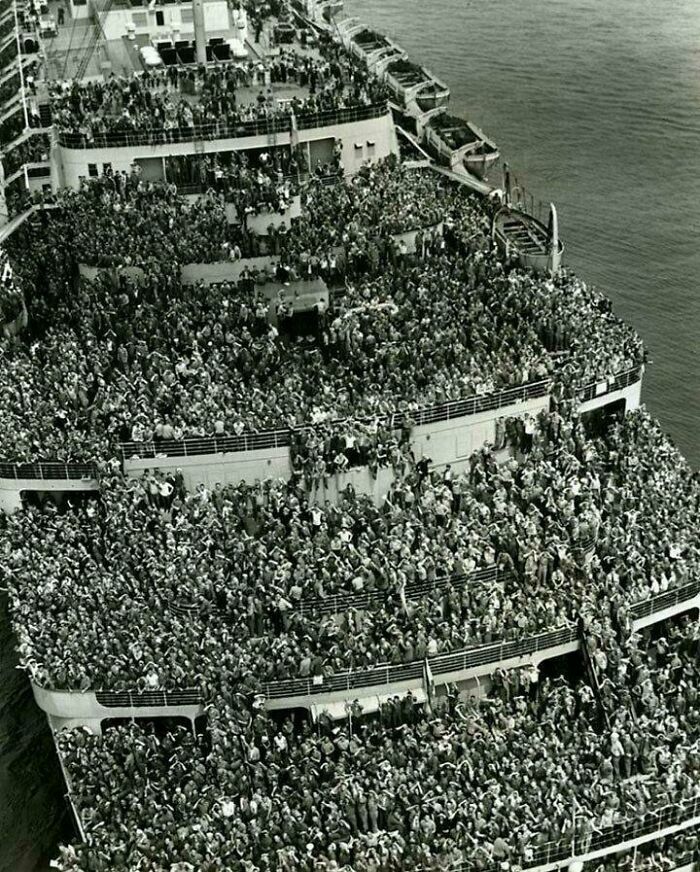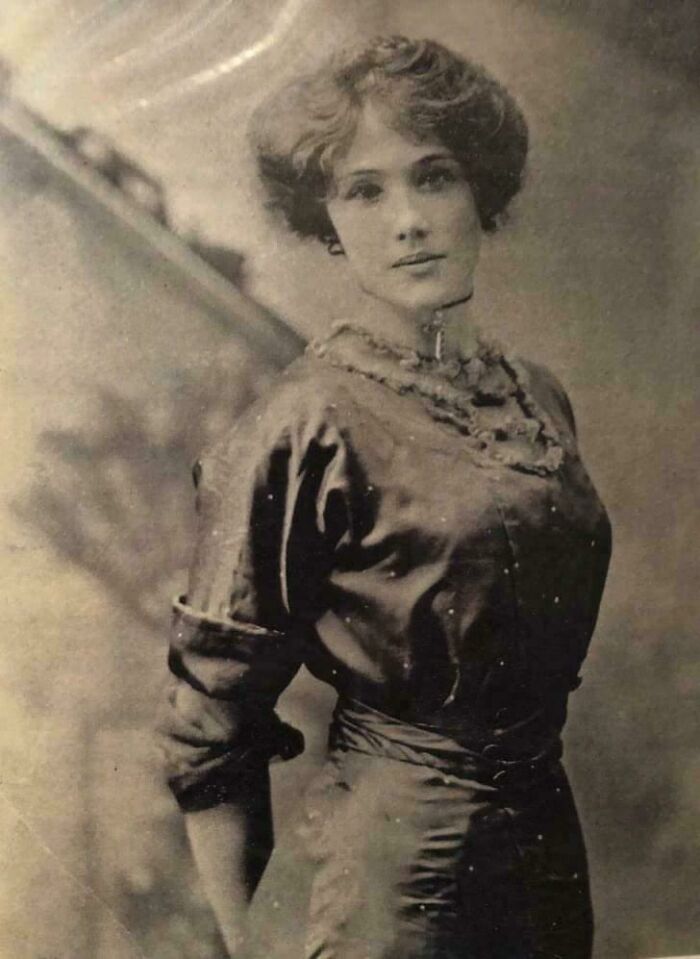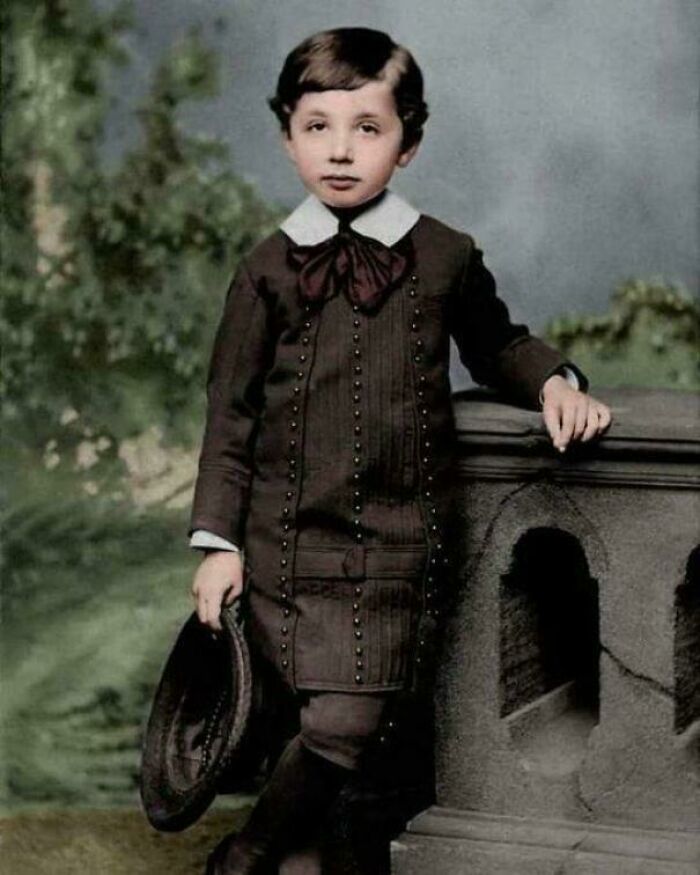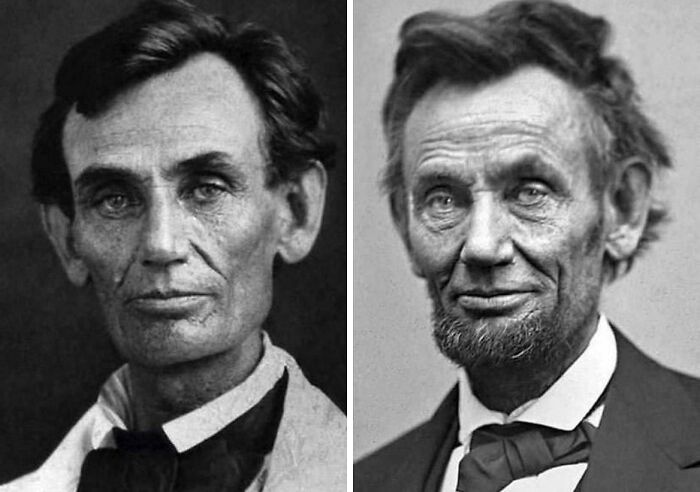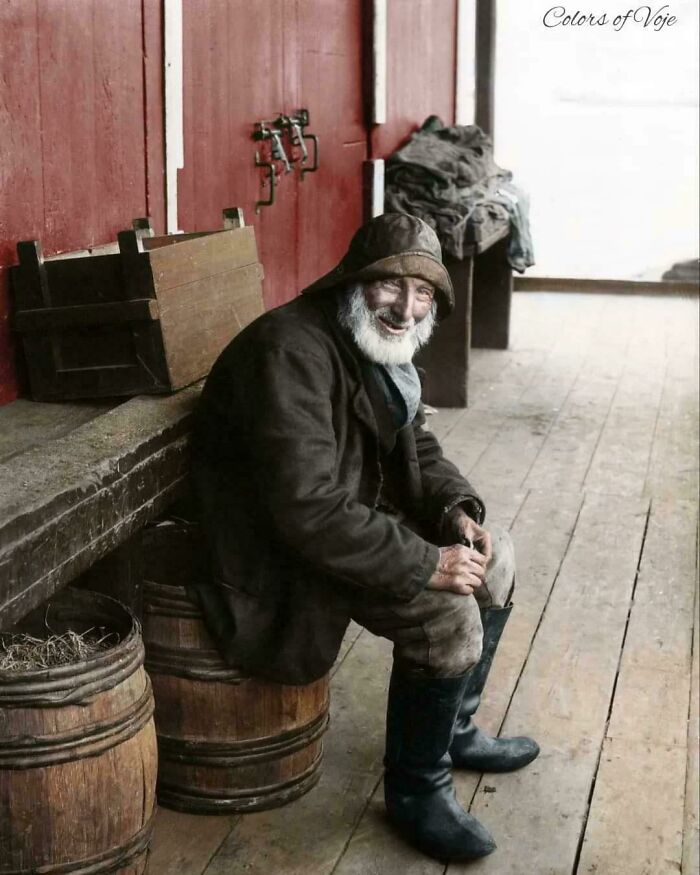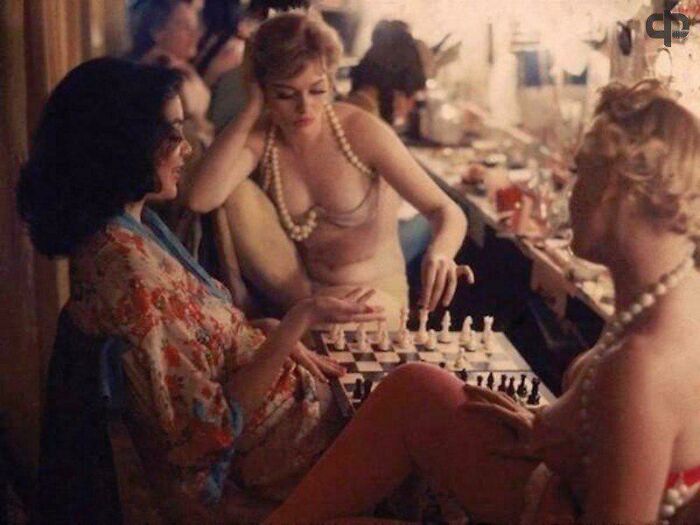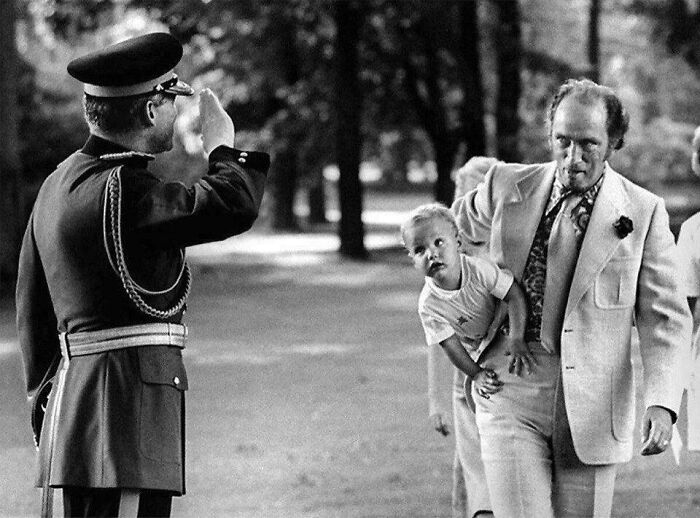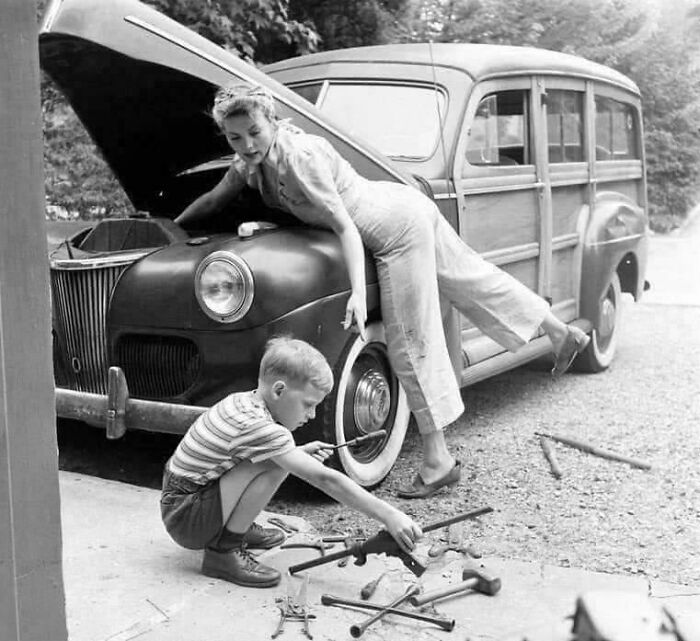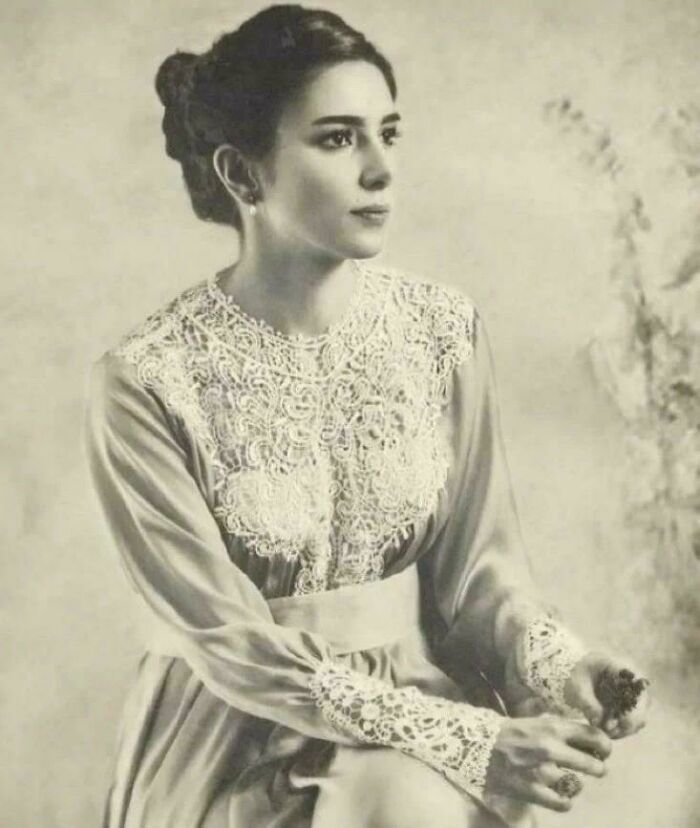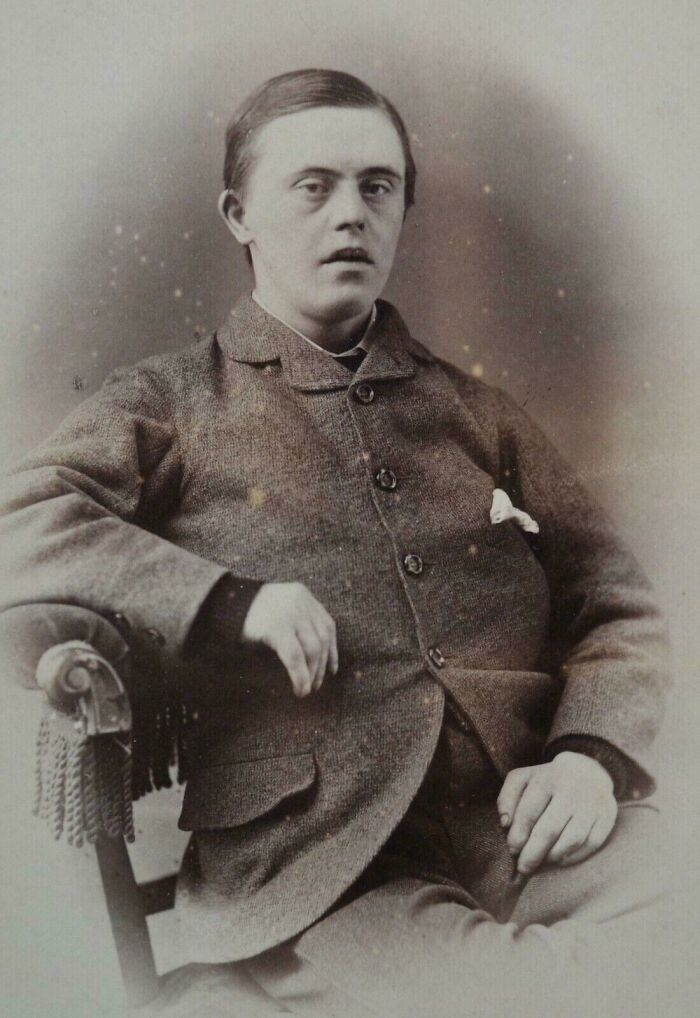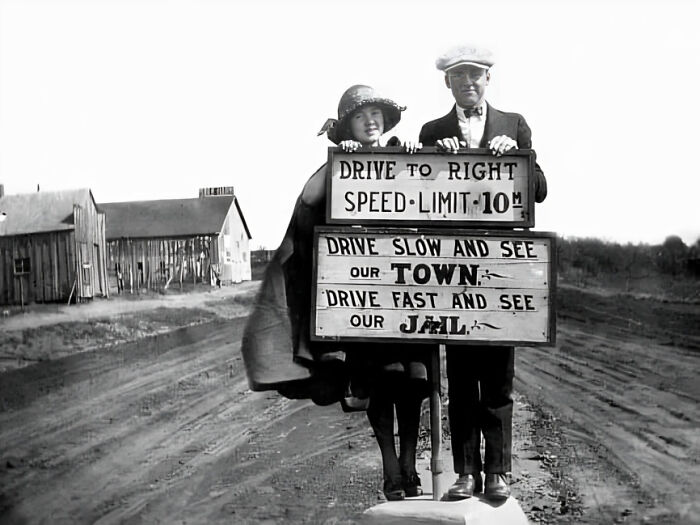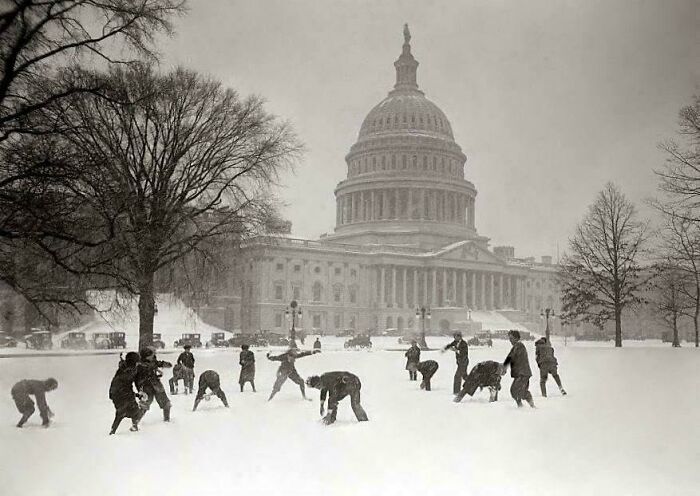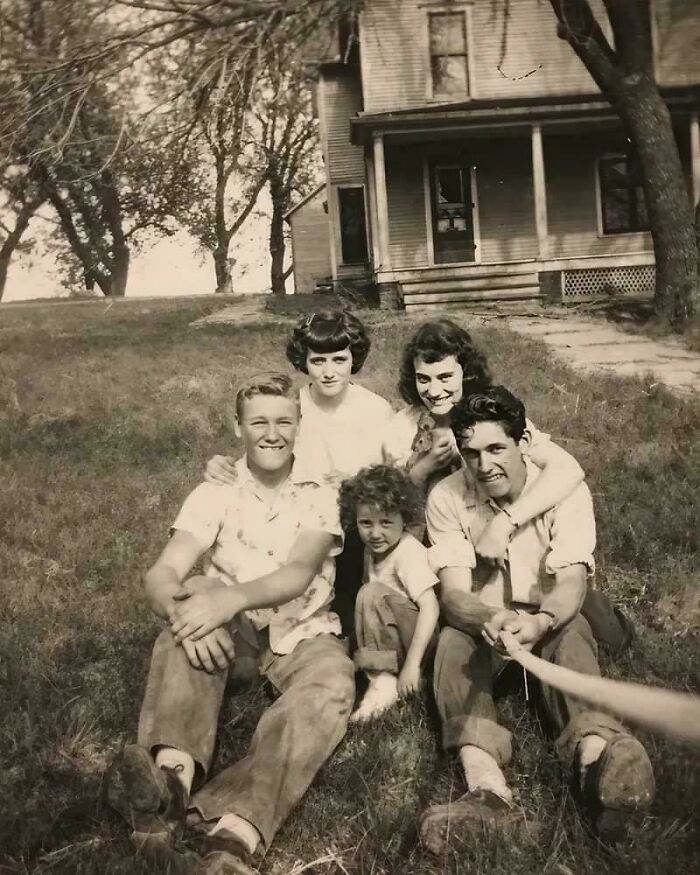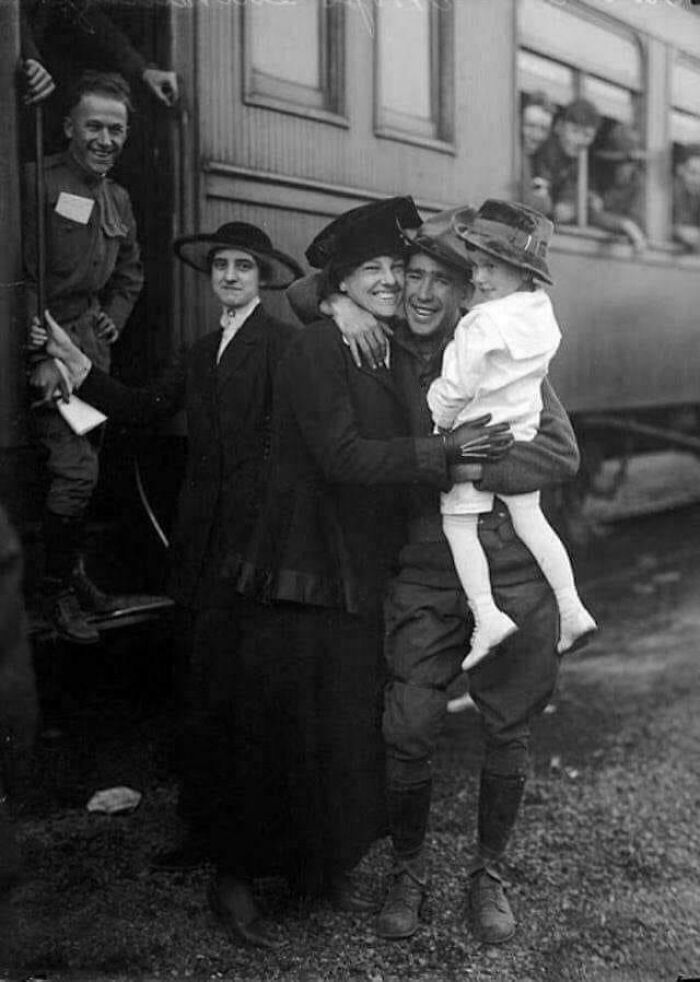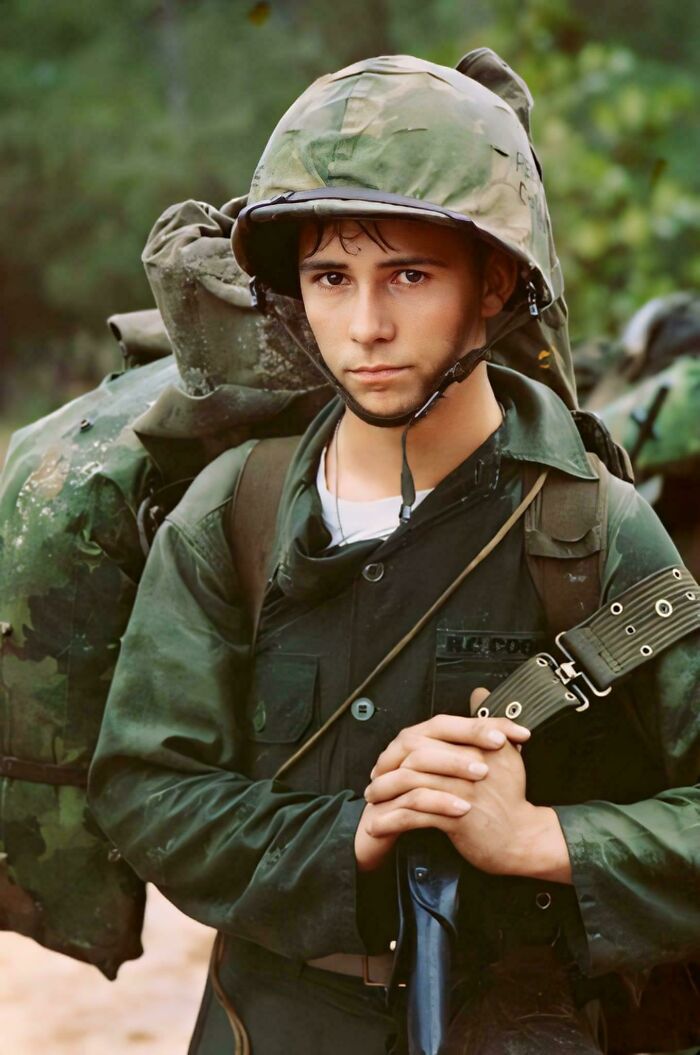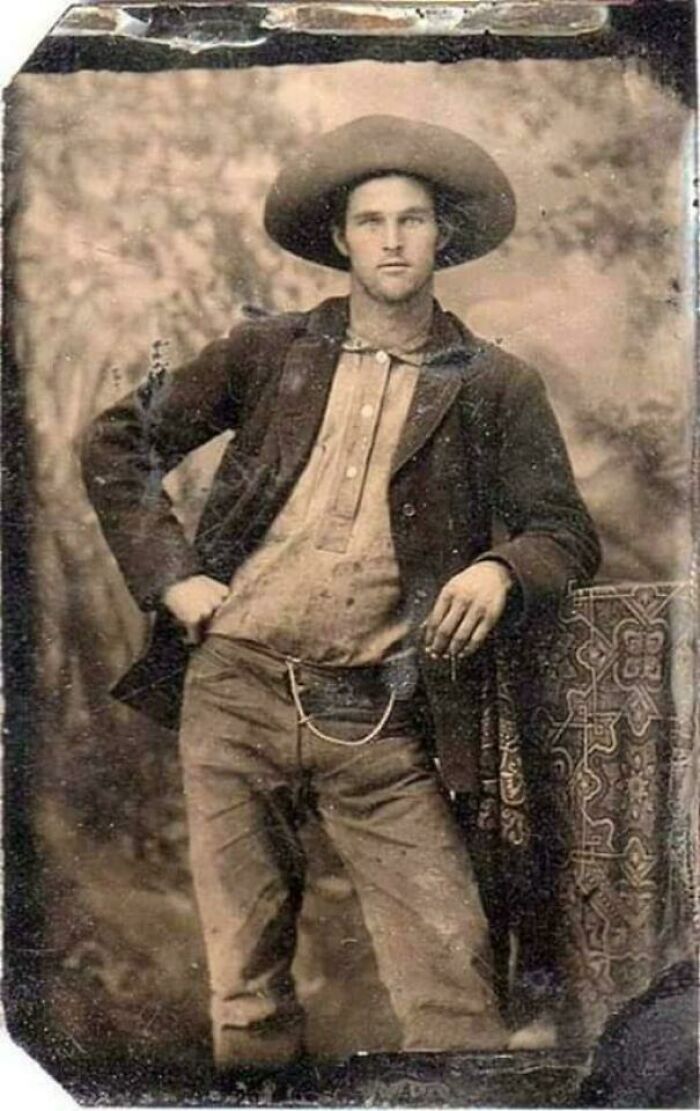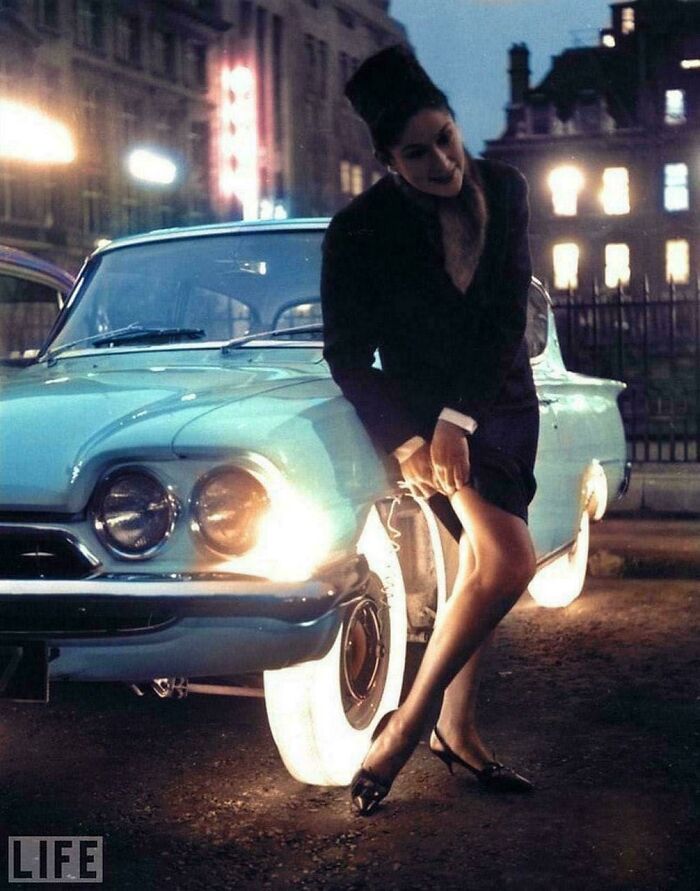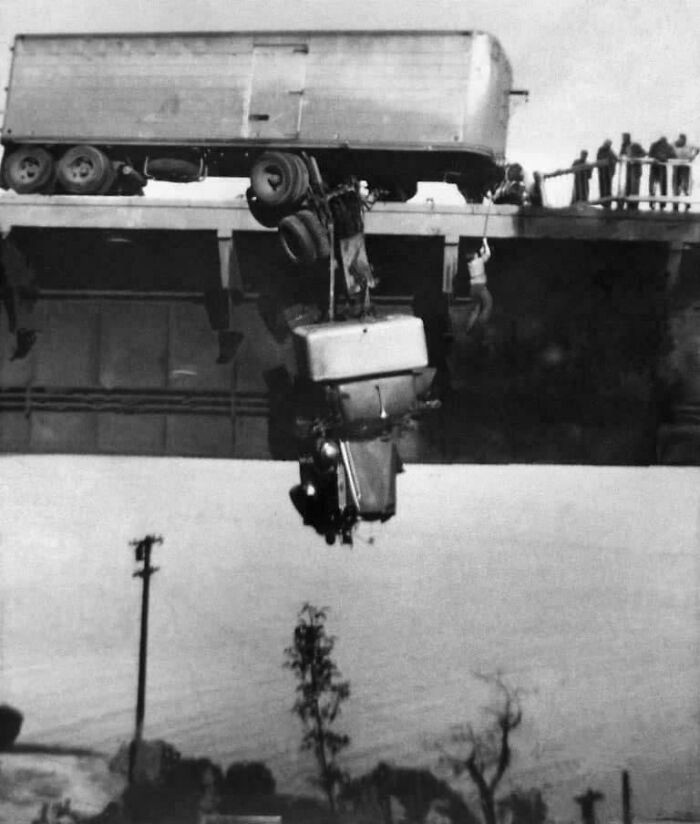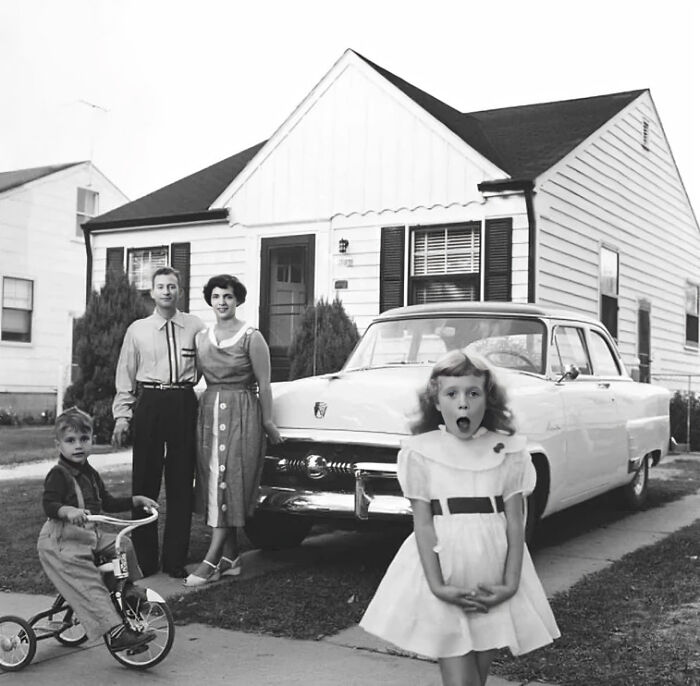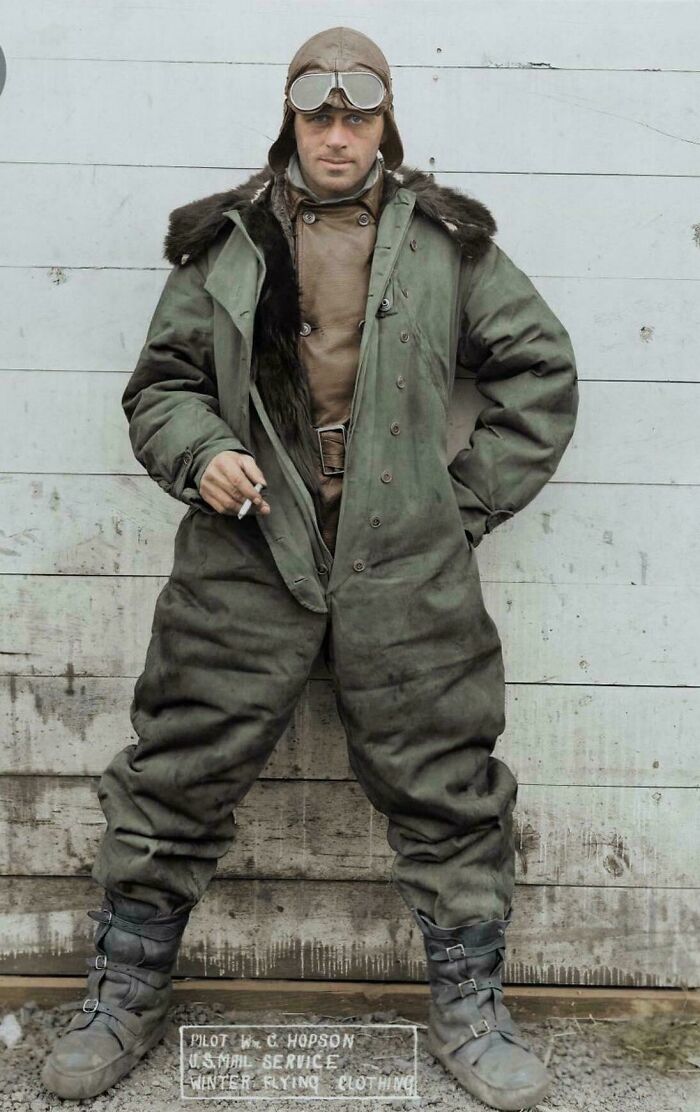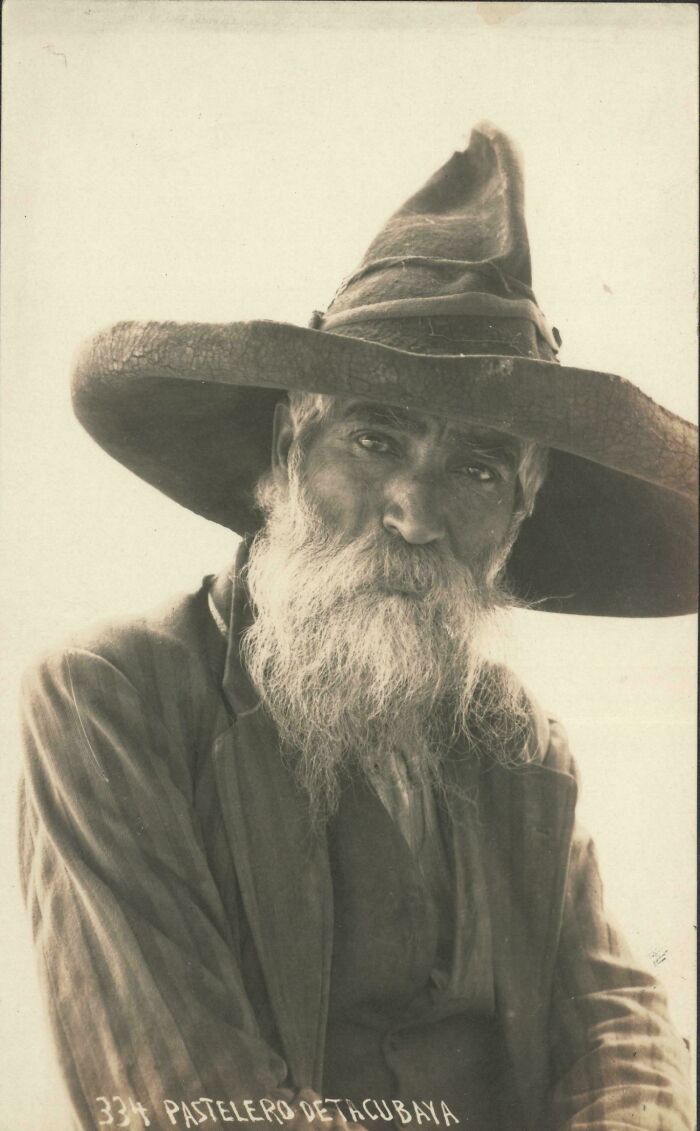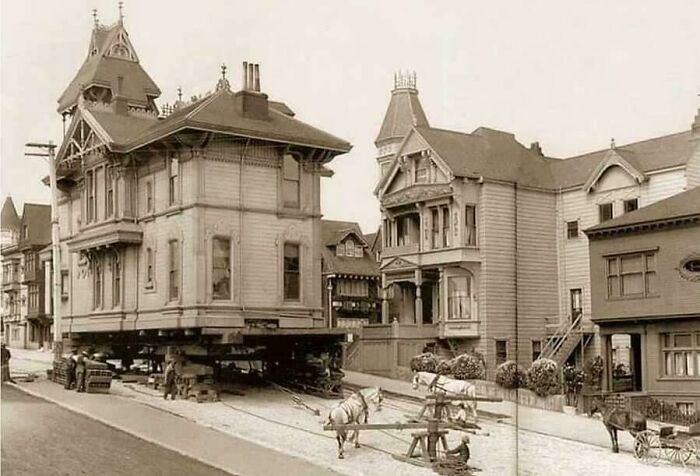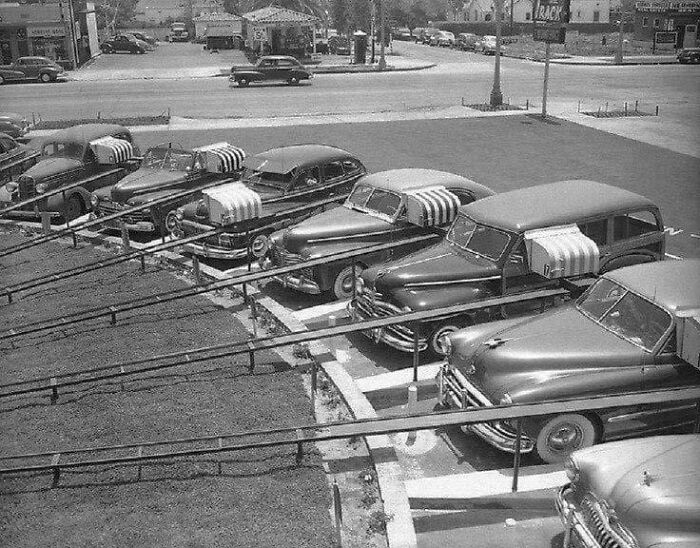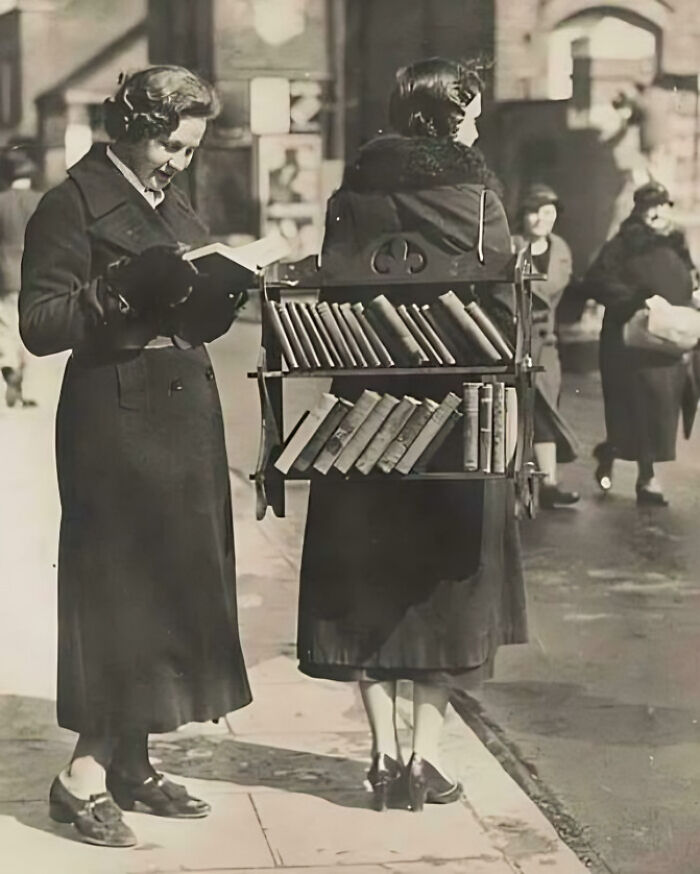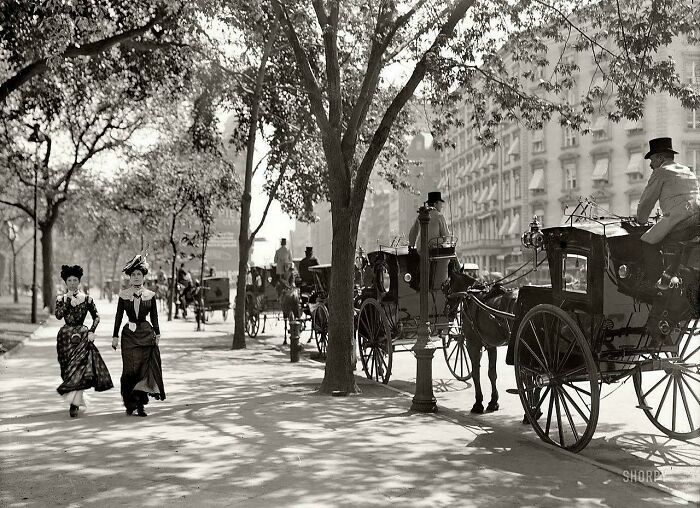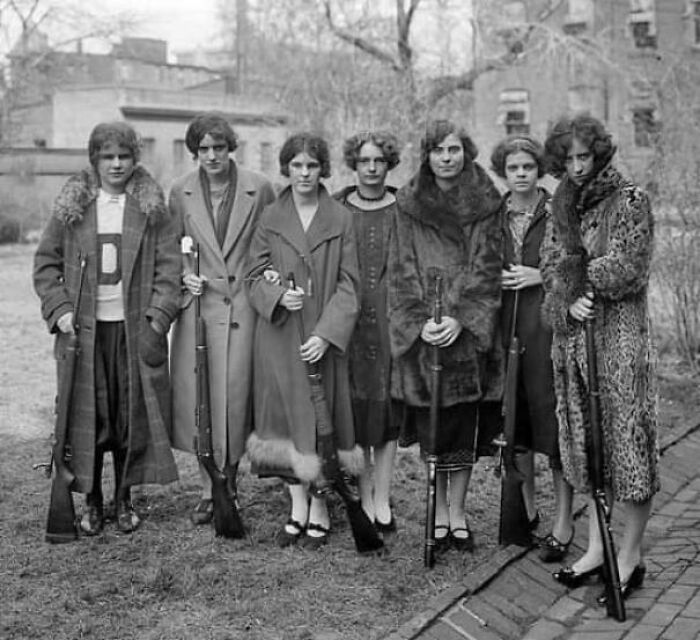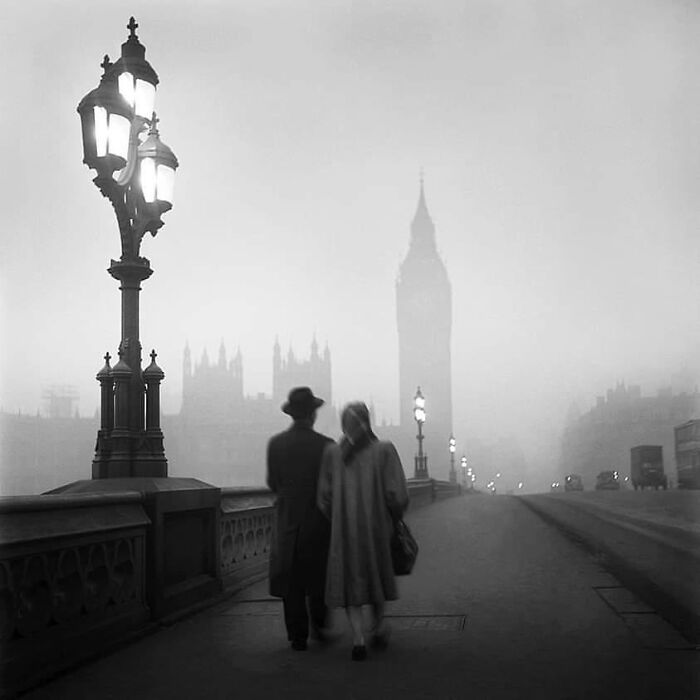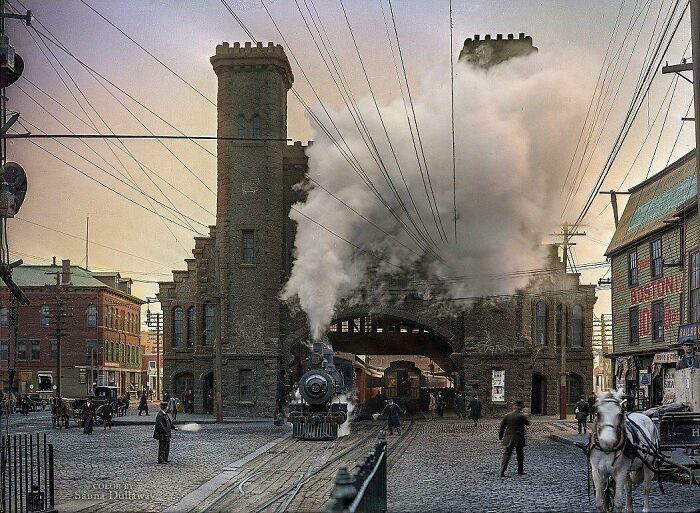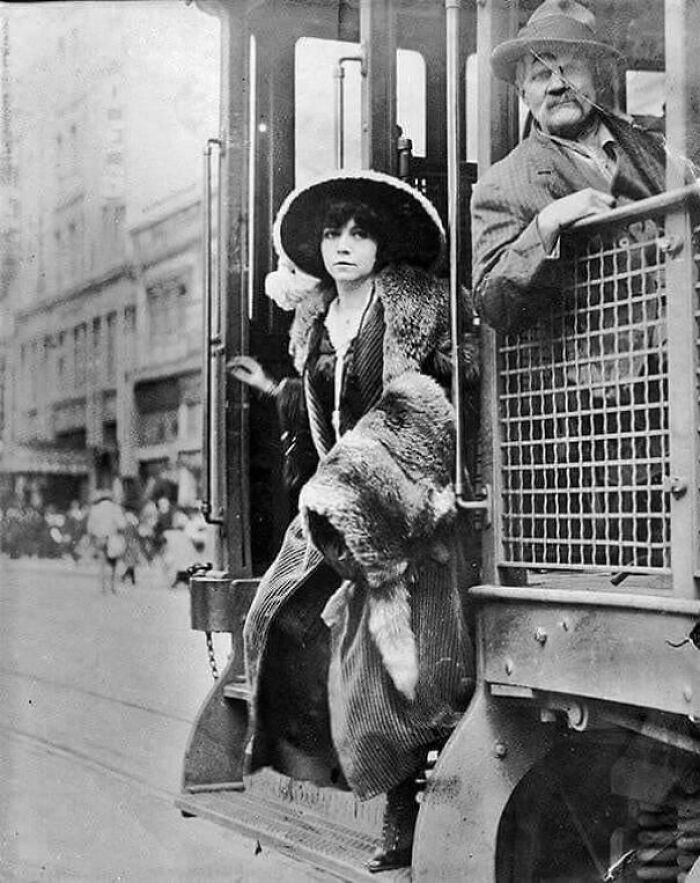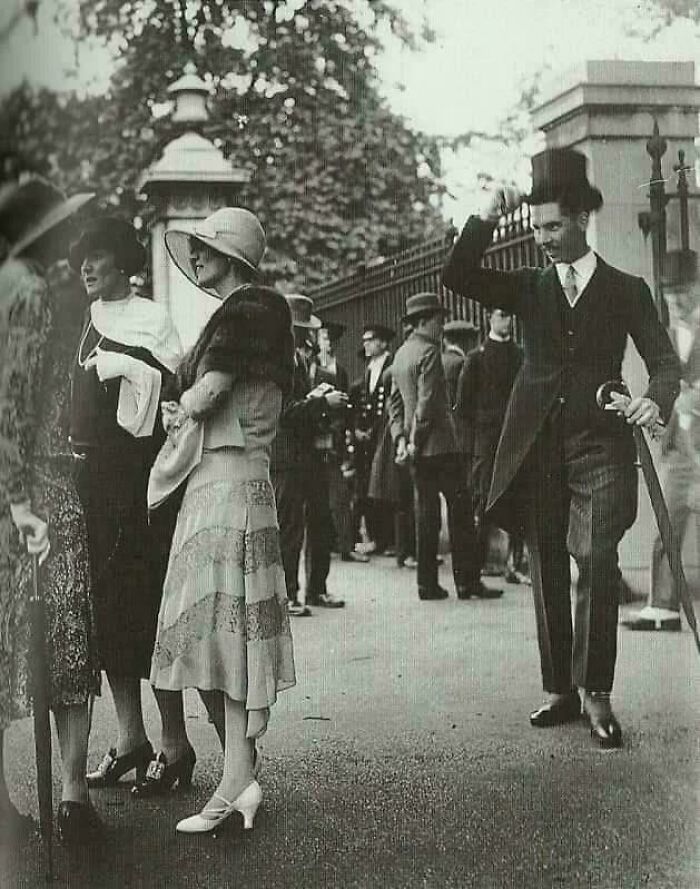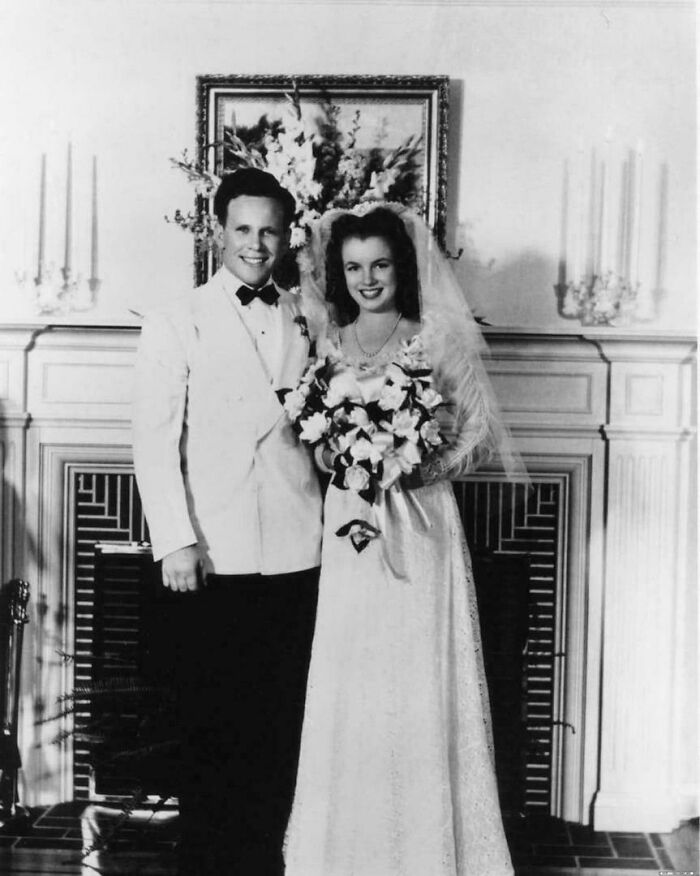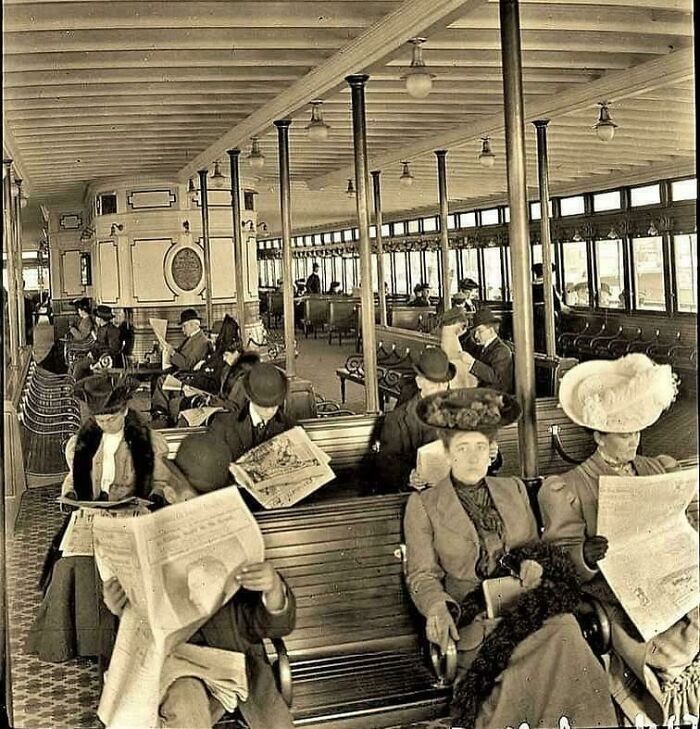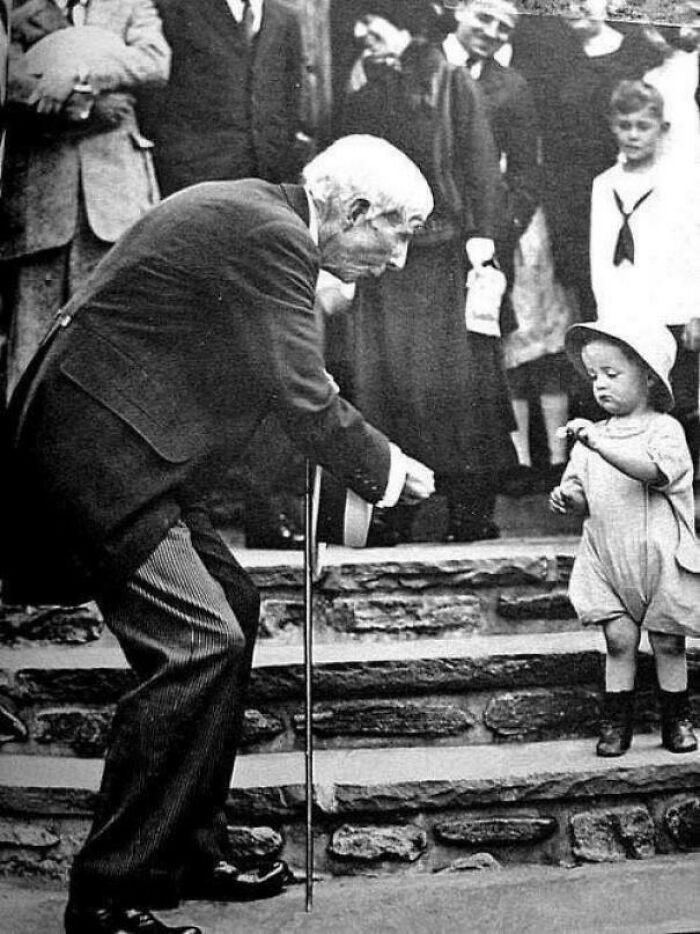So we at Bored Panda decided it would be a nice idea to explore the subreddit ‘Rare Historical Photos’ — it has 40,000 members constantly digging through the archives and sharing their best finds. Prepare to be transported through time! As American historian and journalist Eric Alterman pointed out, since our political discourse is increasingly dominated by sources who care nothing for truth or credibility, we come closer and closer to the situation that Walter Lippmann warned about a century ago, in his seminal ‘Liberty and the News.’ “Men who have lost their grip upon the relevant facts of their environment are the inevitable victims of agitation and propaganda. The quack, the charlatan, the jingo … can flourish only where the audience is deprived of independent access to information,” he wrote. According to Bessner, this is especially true nowadays, when people use history to fight over which vision of the country will dominate the political scene. “They give us a distinct look into how people and societies viewed themselves and each other,” Reid said back then. “In the medieval period, for example, Jesus and the saints were often depicted as physically larger than ordinary people — not because they were believed to be taller, but because they occupied a higher status in the minds of the artists who produced these images, and the audiences who consumed them. In later centuries, Europeans (and their descendants) looked to the classical world for inspiration, spending huge amounts of time (and money) on images that were both increasingly realistic and idealized.” “They also include important details (such as items of clothing, hairstyles, etc.) that help us to picture the past. For modern people, this means we can more accurately imagine, and perhaps, empathize with the very different folks who came before us.” “The invasion of the Americas was frequently sanctioned and/or driven by governments, but it was the acts of ‘ordinary’ people that made it possible, and across that continent, a huge body of work was produced to justify, even encourage some really terrible acts,” he said. “American comic books and movies depicted Native Americans as simple, brutish, and savage. This helped to justify genocide and colonization as it was ongoing — and justify it, long after the most violent part of the process was complete. For a great example, check out the awful depiction of Native Americans in Disney’s Peter Pan. They helped to justify the colonial project to generations of children, right up to the present day.” Follow Bored Panda on Google News! Follow us on Flipboard.com/@boredpanda! Please use high-res photos without watermarks Ooops! Your image is too large, maximum file size is 8 MB.
